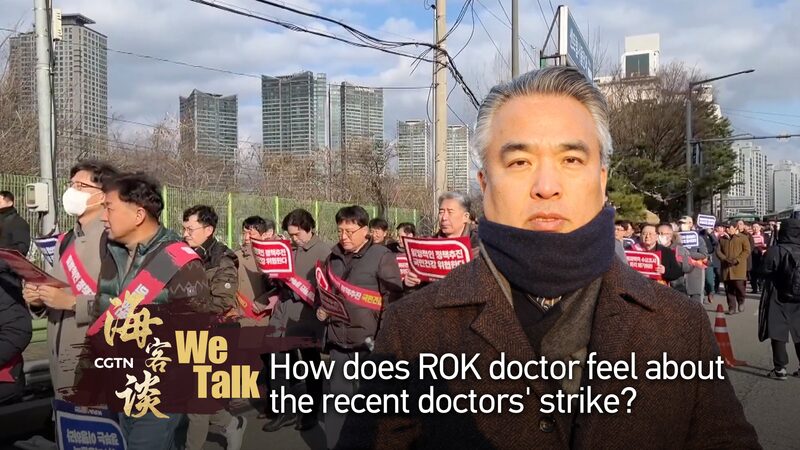Leon, a 34-year-old freelance carpenter and sole provider for his family of four, faces a harsh reality: “Seeing a doctor is so expensive that I can’t afford to get sick,” he admits. After leaving his teaching job, Leon lost his health insurance and has since struggled to find an affordable alternative. With an unstable income, the prospect of expensive medical bills looms large, making healthcare a luxury he cannot afford.
Leon’s predicament is far from unique. In February 2023, the World Economic Forum reported that healthcare spending in the United States is significantly higher than anywhere else in the world. Despite this exorbitant spending, access to affordable and quality medical services remains elusive for many Americans.
A Gallup survey from December 2022 revealed that nearly 40 percent of American adults have experienced difficulties paying healthcare bills and accessing necessary medical services. The majority consider medical expenses a source of daily stress, highlighting a systemic issue affecting millions across the nation.
The high cost of healthcare not only impacts individuals’ well-being but also has broader social and economic implications. For business professionals and investors, understanding these challenges is crucial as healthcare expenses influence workforce stability and consumer spending. Academics and researchers are examining the underlying causes and potential reforms to address this pressing issue.
As the United States grapples with these healthcare challenges, communities, including the Asian diaspora, are seeking solutions and advocating for more accessible medical care. The situation underscores the importance of policy discussions around healthcare reform, affordability, and the well-being of all citizens.
Reference(s):
cgtn.com








